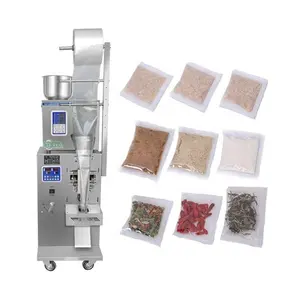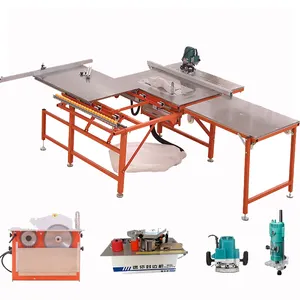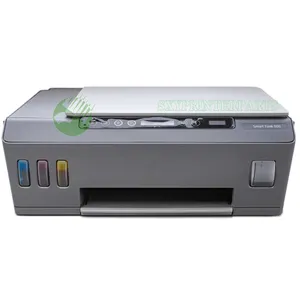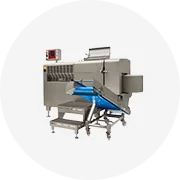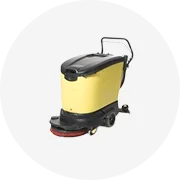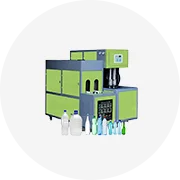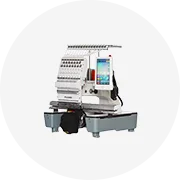Populair in uw branche
































































Gerelateerde zoekopdrachten:


































































































































 Klaar voor verzending
Klaar voor verzending























Topcategorieën
Over 35mm hete spiraalveer
Blader door Alibaba.com en ontdek een breed scala aan fantastische. 35mm hete spiraalveer. Als je de juiste hebt. 35mm hete spiraalveer, uw verwarmingsprocessen zullen zeer productief zijn. Dit zal u helpen uw doelen thuis of op het werk te bereiken. Met de diverse collectie van. 35mm hete spiraalveer, u vindt gegarandeerd de meest geschikte op basis van uw specificaties.
Het. 35mm hete spiraalveer op Alibaba.com omvat stellaire en robuuste materialen en ontwerpen die betere prestaties en een lange levensduur bevorderen. De. 35mm hete spiraalveer zijn opvallend goed bestand tegen hoge temperaturen om er zeker van te zijn dat ze niet nadelig worden beïnvloed door de warmte die ze produceren. Ze worden ook gekenmerkt door een verbazingwekkend temperatuurregelingsmechanisme om u in staat te stellen de gewenste hoeveelheden warmte te bereiken en vast te houden. Dienovereenkomstig krijgt u altijd wat u verwacht van dit premium assortiment. 35mm hete spiraalveer.
Een belangrijk pluspunt dat u hiermee zult zien. 35mm hete spiraalveer is superefficiënt, omdat hun energieverbruik laag is, maar toch uitstekend presteert. Daartoe bevorderen ze duurzaamheid en laten ze u besparen op uw elektriciteitsrekening. De stroomsnelheden hiervan. 35mm hete spiraalveer records zijn ongelooflijk efficiënt en garanderen u de beste resultaten en winstgevendheid. Hun onderhoud is eenvoudig omdat deze. 35mm hete spiraalveer zijn gemakkelijk schoon te maken om ze te beschermen tegen verontreinigingen die hun prestaties zouden kunnen verstoren.
Neem vandaag nog de juiste beslissing en voeg uitmuntendheid toe aan uw verwarmingsprocessen. Blader door het brede aanbod van prachtige. 35mm hete spiraalveer op Alibaba.com. Wat uw specificaties ook zijn, u vindt de beste optie voor u. Vergelijk anders. 35mm hete spiraalveer groothandelaren en leveranciers en hun aanbiedingen zodat u de beste waarde kunt realiseren voor elke dollar die u uitgeeft.


